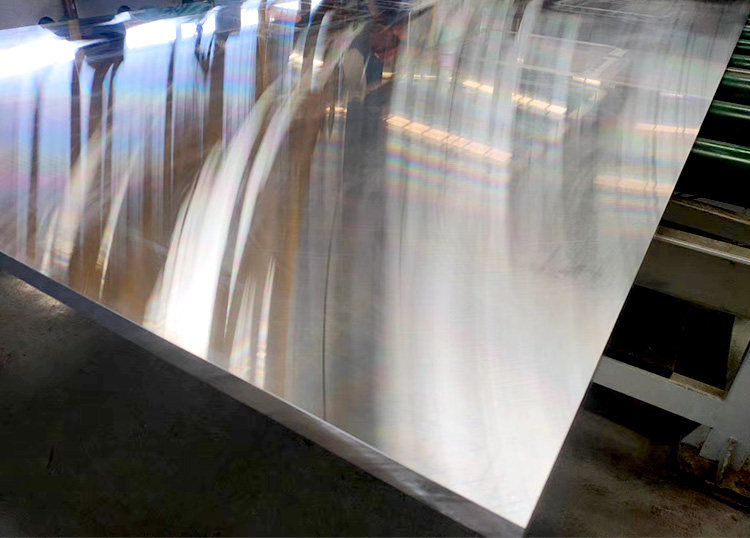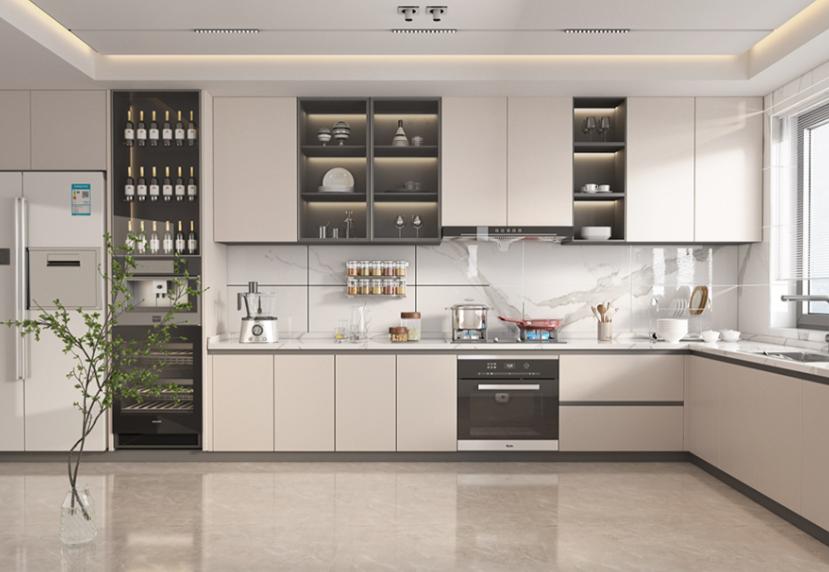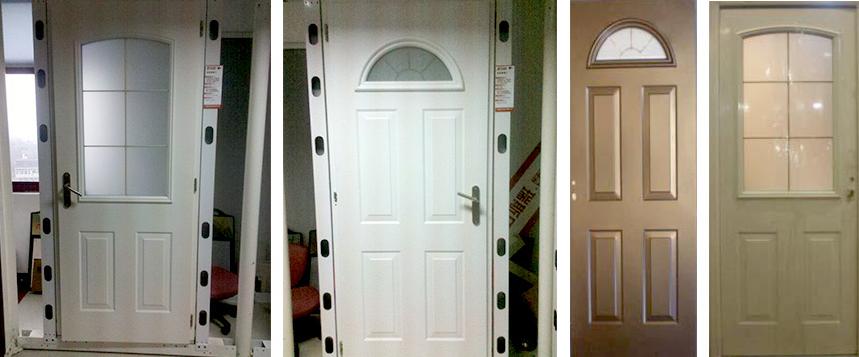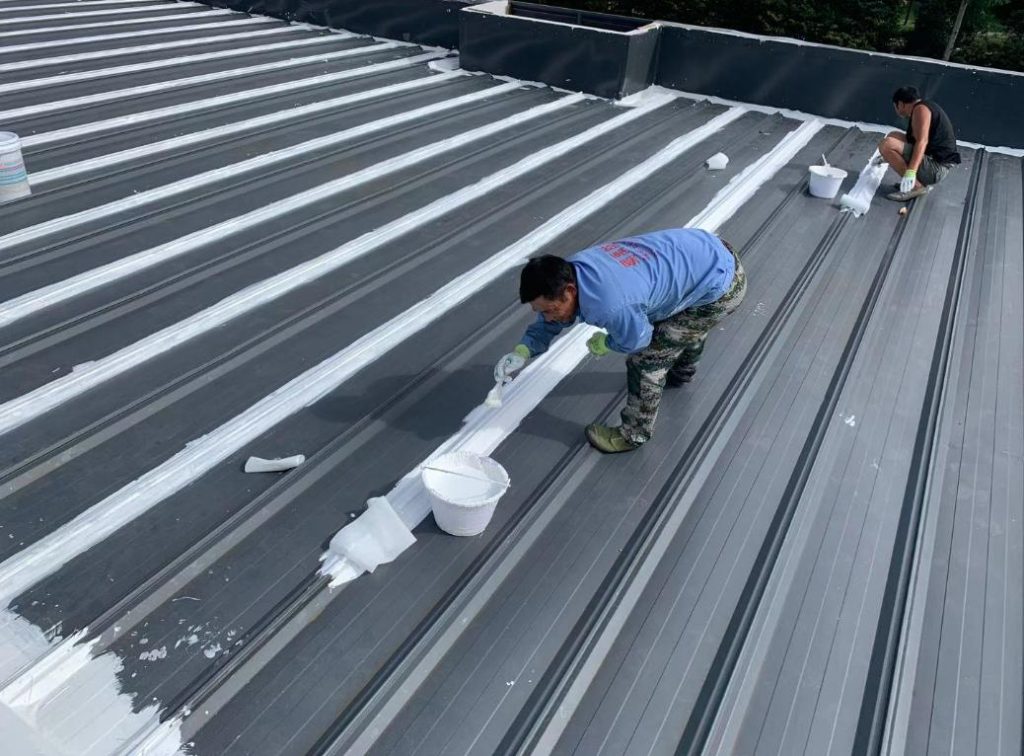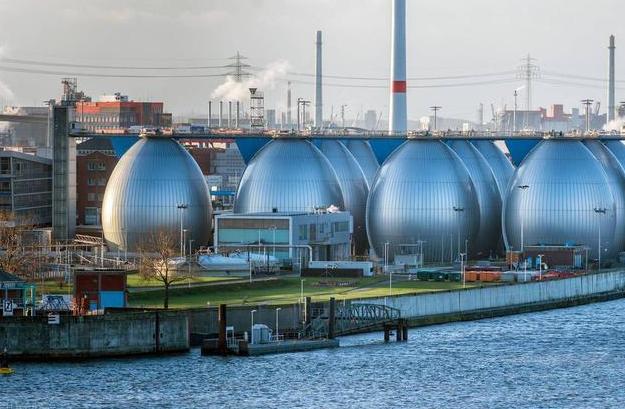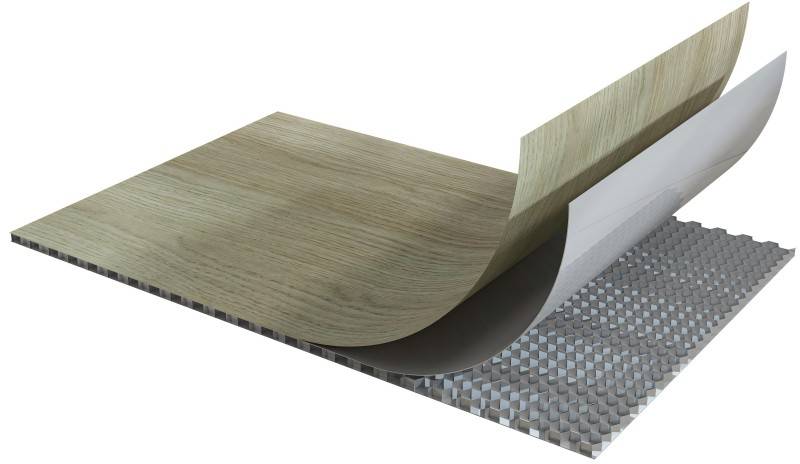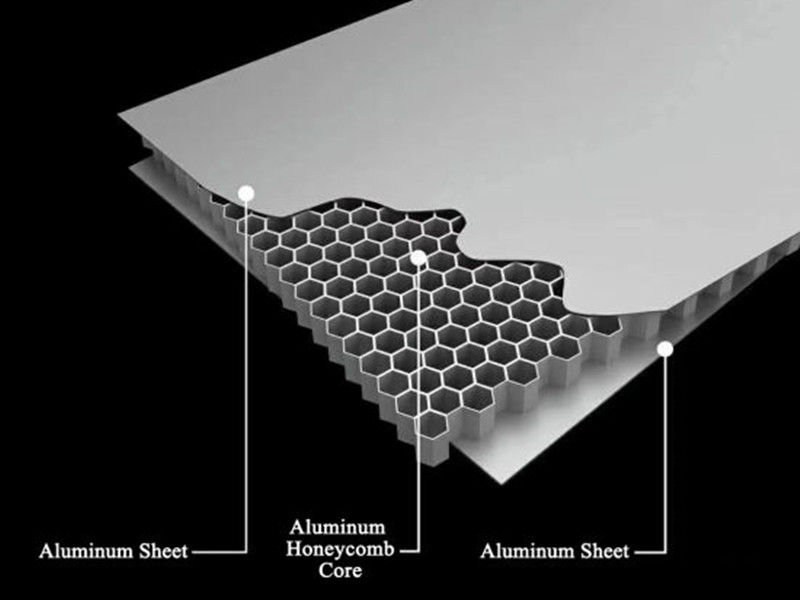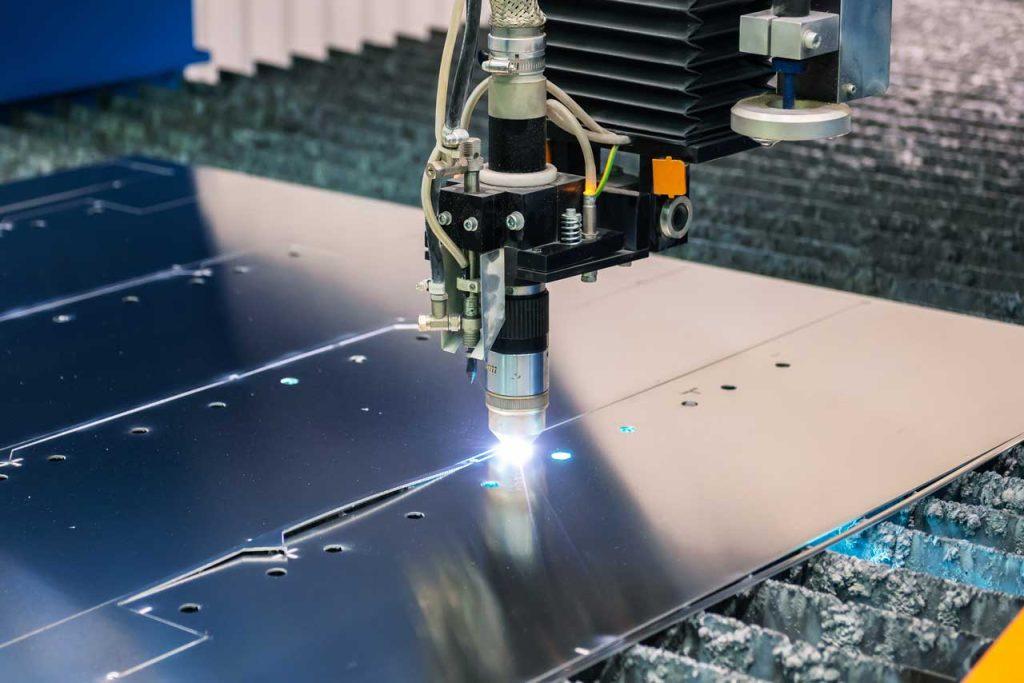Plain aluminum sheets refer to sheets of aluminum that have a smooth, untextured surface without any coatings or treatments. These sheets are typically manufactured from pure aluminum or aluminum alloys through a process of rolling, where ingots of aluminum are pressed between rollers to achieve the desired thickness and dimensions. Due to their lightweight nature, corrosion resistance, and excellent conductivity properties, their applications are diverse and ever-expanding. This comprehensive guide delves into the world of plain aluminum sheets, exploring their key properties, common fabrication methods, and essential considerations for selecting the most suitable sheet for your specific needs.
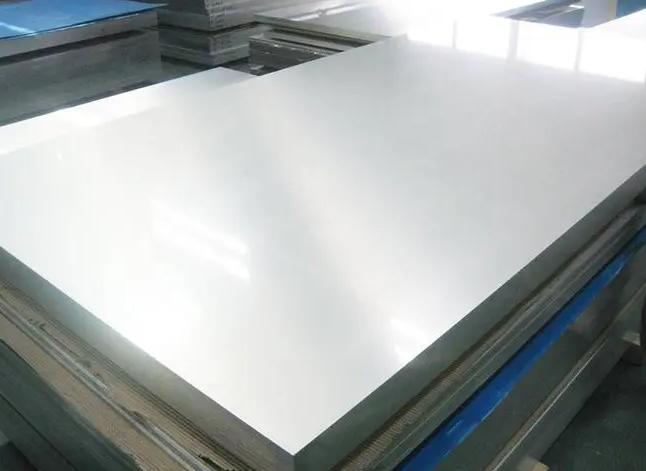
Properties of Plain Aluminum Sheet
Plain aluminum sheets possess a specific set of physical and mechanical properties that contribute to their diverse applications. The term “plain” just distinguishes these sheets from those that have undergone surface treatments like anodizing, painting, or coating with other materials for specific functional or decorative purposes. Here are some key characteristics:
Physical Properties:
- Density: Around 2.7 g/cm³, making it lightweight compared to other metals.
- Melting Point: Approximately 660°C (1220°F).
- Thermal Conductivity: Good conductor of heat, ranging from 200 to 240 W/m⋅K, depending on temper.
- Electrical Conductivity: Good conductor of electricity, around 60% of copper’s conductivity.
- Reflectivity: High reflectance for both heat and light, making it suitable for reflective applications.
Mechanical Properties:
- Tensile Strength: Ranges from 90 to 200 MPa, depending on temper. Tensile strength refers to the maximum stress a material can withstand before breaking under tension (pulling force).
- Yield Strength: Represents the stress at which a material starts to deform plastically (permanently). Plain aluminum sheets typically have a yield strength of 25 to 45 MPa.
- Elongation at Break: Measures the percentage of plastic deformation a material undergoes before breaking. Plain aluminum exhibits high ductility with an elongation at break ranging from 30 to 50%.
- Hardness: Varies based on temper. Pure, unalloyed aluminum is relatively soft, but its hardness can be increased through work hardening (cold rolling) or heat treatment.
- Shear Strength: The resistance to deformation under a shearing force. Plain aluminum sheets have a shear strength of around 90 MPa.
The following table sheet is a conclusion of the physical and mechanical properties of plain aluminum sheets:
| Property | Value | |
| Physical Properties | Density | 2.7g/cm³ |
| Melting Point | 660°C (1220°F) | |
| Thermal Conductivity | 200-240W/m⋅K | |
| Electrical Conductivity | 60% of Copper | |
| Reflectivity | High (for heat & light) | |
| Mechanical Properties | Tensile Strength | 90-200MPa |
| Yield Strength | 25-45MPa | |
| Elongation at Break | 30-50% | |
| Hardness | Varies by temper | |
| Shear Strength | 90MPa |
These properties are average values and can vary slightly depending on the specific composition and temper of the plain aluminum sheet. Plain aluminum sheets are generally not considered high-strength materials but excel in areas like formability, corrosion resistance, and recyclability. For specific applications requiring precise property values, please feel free to consult with the aluminum material supplier – CHAL.
Manufacturing Process of Plain Aluminum Sheets
Plain aluminum sheets are typically manufactured through a process called rolling, which involves passing aluminum ingots through a series of rollers to reduce their thickness and achieve the desired dimensions. Here’s an overview of the manufacturing process:
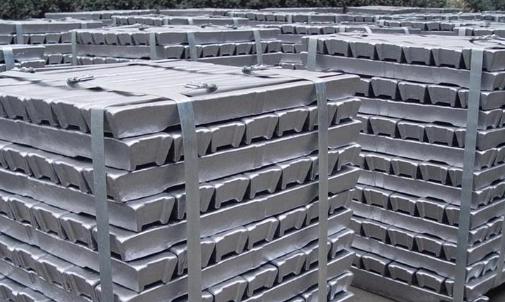
1. Aluminum Casting: The process begins with the casting of aluminum ingots. These ingots are made from molten aluminum that is poured into molds and allowed to cool and solidify. The ingots are typically rectangular or square in shape and serve as the starting material for the rolling process.
2. Preheating: Before rolling, the aluminum ingots may undergo preheating to optimize their temperature for the rolling process. Preheating helps to soften the aluminum and make it more malleable, which facilitates the rolling operation.
3. Hot Rolling: In the hot rolling process, the aluminum ingots are heated to high temperatures (typically between 400°C to 500°C) to make them more pliable. The ingots are then passed through a series of rolling mills, which compress and elongate the metal, reducing its thickness and increasing its length. The hot rolling process produces plain aluminum sheets with a rough surface texture.
Optional Processes After Hot Rolling:
Cold Rolling: Some plain aluminum sheets may undergo a cold rolling process to further reduce their thickness and improve their surface finish. Cold rolling involves passing the aluminum sheets through a series of rollers at room temperature, which refines the surface texture and dimensional accuracy of the sheets.
Annealing: After rolling, the aluminum sheets may undergo annealing, a heat treatment process that helps to relieve internal stresses and improve the material’s mechanical properties. Annealing also enhances the formability and machinability of the aluminum sheets.
Surface Treatment: Depending on the intended application, plain aluminum sheets may undergo various surface treatments such as anodizing, painting, or coating with protective layers to enhance their corrosion resistance, durability, and aesthetic appearance.
4. Cutting and Finishing: Once the aluminum sheets have been rolled to the desired thickness and treated as necessary, they are cut into specific sizes and shapes according to customer specifications. The edges of the sheets may be trimmed and finished to ensure smoothness and uniformity.
5. Quality Control: Throughout the manufacturing process, stringent quality control measures are implemented to ensure that the plain aluminum sheets meet industry standards for thickness, dimensions, surface finish, and mechanical properties.
Overall, the rolling process is the primary method used to manufacture plain aluminum sheets, producing versatile and lightweight materials suitable for a wide range of applications in construction, transportation, electronics, and other industries.

Applications and Selection Tips of Plain Aluminum Sheet
The applications of plain aluminum sheets are diverse, ranging from construction and transportation to household items and electronics. Choosing the proper type of plain aluminum sheet depends on several factors including the intended application, environmental conditions, required properties, and budget. Here are some common applications and considerations for selecting the appropriate type of plain aluminum sheet:
| Application | Specific Uses | Recommended Type of Aluminum Sheet |
| Construction | Roofing | Corrosion-resistant alloy such as 3003 or 5052 |
| Siding | Alloy with high strength and corrosion resistance, like 6061 | |
| Insulation | High-reflectivity alloy for thermal insulation, such as 1100 | |
| Transportation | Vehicle Bodies | Lightweight alloy with high strength, like 6061 or 2024 |
| Aircraft Panels | High-strength alloy with good fatigue resistance, such as 7075 | |
| Marine Vessels | Corrosion-resistant alloy suitable for marine environments, like 5086 | |
| Household | Cookware | Alloy with good thermal conductivity, like 3003 or 3004 |
| Utensils | Lightweight alloy with good formability, such as 1100 or 3003 | |
| Appliances | Alloy with good corrosion resistance and formability, like 5052 | |
| Electronics | Casings | Alloy with good strength-to-weight ratio, like 6061 or 5052 |
| Components | High-conductivity alloy for heat dissipation, such as 6063 | |
| Packaging | Foil wraps | Thin gauge, highly ductile alloy like 8011 |
| Containers | Alloy suitable for forming and sealing, such as 3004 or 5052 | |
| Architectural | Cladding | Alloy with good surface finish and weather resistance, like 5052 |
| Facades | Anodized aluminum for enhanced durability and aesthetics | |
| Industrial | Storage Tanks | Corrosion-resistant alloy, like 5083 or 6061 |
| Ductwork | Alloy with good weldability and formability, such as 3003 or 6061 | |
| Machinery Components | High-strength alloy for heavy-duty applications, like 7075 |
When choosing the proper type of plain aluminum sheet for a specific application, consider the following factors:
- Alloy Selection: Choose an alloy that offers the required combination of properties such as strength, corrosion resistance, formability, and conductivity based on the application’s demands.
- Thickness: Select the appropriate thickness of the aluminum sheet depending on structural requirements, load-bearing capacity, and desired weight.
- Surface Finish: Consider the desired surface finish, whether it’s smooth, textured, matte, or polished, based on the aesthetic and functional requirements of the application.
- Environmental Conditions: Take into account the operating environment, exposure to weather elements, chemicals, and temperature fluctuations to ensure the selected alloy offers adequate resistance and durability.
- Fabrication Requirements: Choose a type of aluminum sheet that is compatible with the fabrication processes involved, such as welding, bending, stamping, or machining.
By carefully considering these factors, you can select the most suitable type of plain aluminum sheet to meet the specific needs of your application.
Conclusion
In conclusion, plain aluminum sheets embody a fusion of durability, versatility, and sustainability, making them indispensable across a spectrum of industries. From their inception on the production line to their application in real-world projects, plain aluminum sheets epitomize innovation and efficiency. As technology advances and demands evolve, understanding their properties, fabrication techniques, and selection criteria becomes increasingly vital. By harnessing their potential and embracing continuous improvement, we pave the way for a future where plain aluminum sheets continue to shape industries, inspire creativity, and redefine what’s possible in the realm of modern manufacturing and construction.






